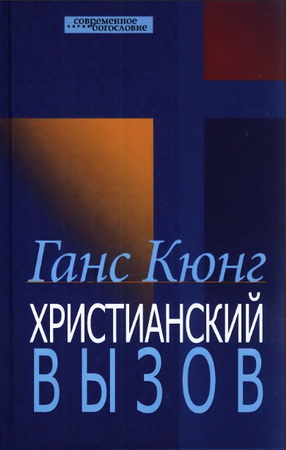
New Testament Readings - Mark’s Gospel - Luke - John - Revelation
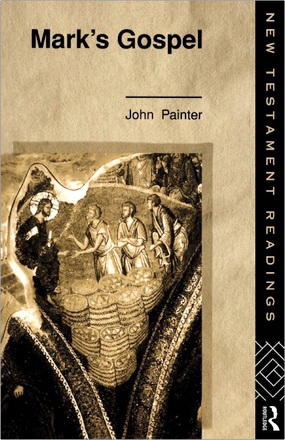
Each of the Gospels tells the story of Jesus in its own way. This is both an advantage and a problem. Four Gospels enrich the depth of our perception of Jesus but cause problems with conflicting presentations. Modern critical scholarship is more conscious of conflicts than was the early church but, from the second century, there have been attempts, such as Tatian’s Diatessaron, to harmonise the Gospels. Although the four Gospels are read in the churches today, most readers tend to conflate them in their minds. Yet each Gospel has its own story to tell, its own contribution to make to our understanding of Jesus.
John Painter - Mark’s Gospel - Worlds in conflict
London and New York
First published 1997 - 255 pp.
ISBN 0-203-97823-4
First published 1997 - 255 pp.
ISBN 0-203-97823-4
John Painter - Mark’s Gospel - Worlds in conflict - Contents
An outline of Mark
Acknowledgements
List of abbreviations
Introduction
1 The prelude: the beginning of the gospel, 1.1–13
2 Introduction to the Galilean mission, 1.14–20
3 Miracles and conflict, 1.21–7.23
4 Jesus’ mission to the regions beyond Galilee: three more miracle stories, 7.24–8.10
5 Hard hearts and blindness, 8.11–10.52
6 Jerusalem, 11.1–16.8
7 Addenda: endings
Bibliography
Biblical index
Index of ancient authors
General index
Jonathan Knight - Luke’s gospel
First published 1998 by Routledge
London and New York236 рр.
(New Testament readings)
ISBN 0-203-98097-2
ISBN 0-203-98097-2
Jonathan Knight - Luke’s gospel - Contents
Series editor’s preface
Preface
List of abbreviations
1 An introduction to the tex
2 Luke as a narrative
3 A reading of Luke
4 Alternative readings of Luke
5 The themes of Luke’s Gospel
6 A reading of readings
Notes
Bibliography
Biblical index
Index of ancient authors
General index
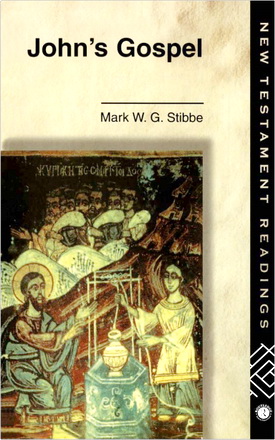
Mark W.G. Stibbe - John’s Gospel
First published 1994 by Routledge
164 pp.
ISBN 0-203-13684-5
ISBN 0-203-13684-5
Mark W.G. Stibbe - John’s Gospel - Contents
Series editor’s preface
Acknowledgements
Introduction
1 Hero
2 Plot
3 Genre
4 Style
5 Polemic
Conclusion
Further Reading
References
Index
If you have ever had to listen to someone who speaks incredibly quickly and equally unintelligibly, then you may have pondered this question: ‘Is my inability to understand this person due to my lack of intelligence, or is it because they are talking complete nonsense?’ Reading Revelation can provoke a similar response. In snatches and passages the text displays an authority and lucidity that makes the reader eager to understand more. At other times it seems to disintegrate into a cacophony of disordered images that appear to defy reason and obscure understanding. The aim of the following reading is to disentangle this confusion and so make it possible to hear with greater clarity what the whole text meant to its original intended audience, and so what it might have to say to us today.
Any examination of a text that claims to deal with the question of that text’s ‘meaning’, must explain in some detail what kind of meaning is being referred to: the author’s intended meaning or the receiver’s perceived meaning. Knowledge of the author’s intended meaning would be of supreme value in the case of Revelation because this would allow the interpreter to understand precisely what the author ‘John’ (whose precise identity will be considered on pp. 53–9) had to say to his audience about the nature of the universe and its future destiny. With the benefit of this knowledge it would also be possible to offer an authoritative evaluation of other interpretations of the text, some of which have been used for the unscrupulous manipulation of the beliefs and wallets of others. However, despite the importance of the author’s intended meaning, it is always inaccessible to anyone reading any text, apart from the author him or herself. This is simply because anyone (who is not the author) who reads a text to perceive its meaning, must, by definition, be creating a receiver’s perceived meaning.
 Alan Garrow – Revelation
Alan Garrow – Revelation
London: Routledge, 1997. – 155 pp. – (New Testament Readings.)
ISBN 0-415-14640-2 (hbk)
0-415-14641-0 (pbk)
ISBN 0-203-13308-0 Master e-book ISBN
ISBN 0-203-17911-0 (Glassbook Format)
Alan Garrow – Revelation - Contents
Series editor’s preface
Author’s preface
Acknowledgement
1 An introduction to this reading of Revelation
2 The problem: where and what is the story?
3 Finding the story in the text
Foreshadowing text
Serializing text
Further supporting text
Story-telling text
4 Locating the story in history
5 Interpreting the story
The story summarized in diagrams
6 Why this story?
Conclusion
Appendix: Roman emperors
Select bibliography
Index of subjects
Index of references to biblical and other ancient literature
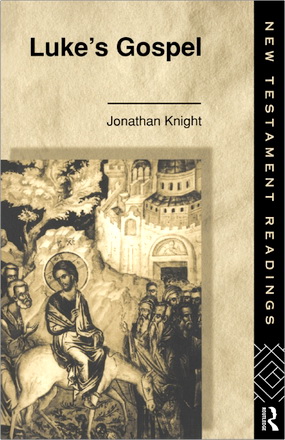

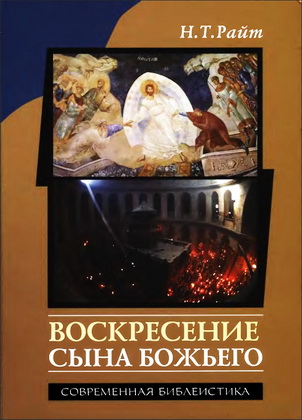
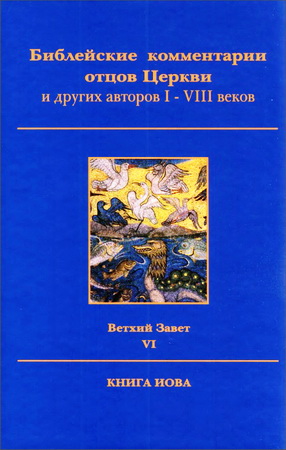

Комментарии (3 комментария)
Большое спасибо! Ссылка "2" и "5" идентичны!
Ага, откорректировал...
спасибо